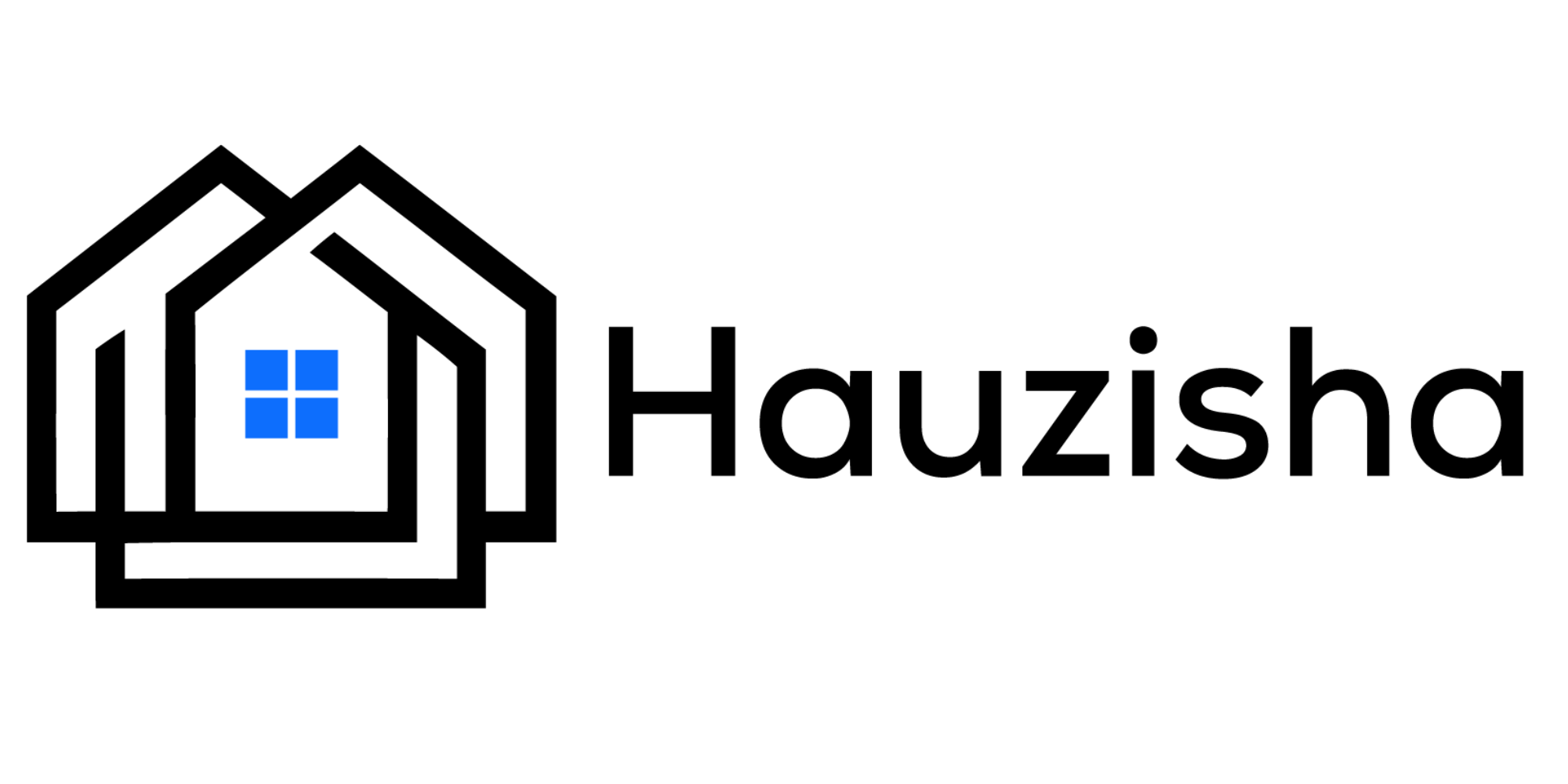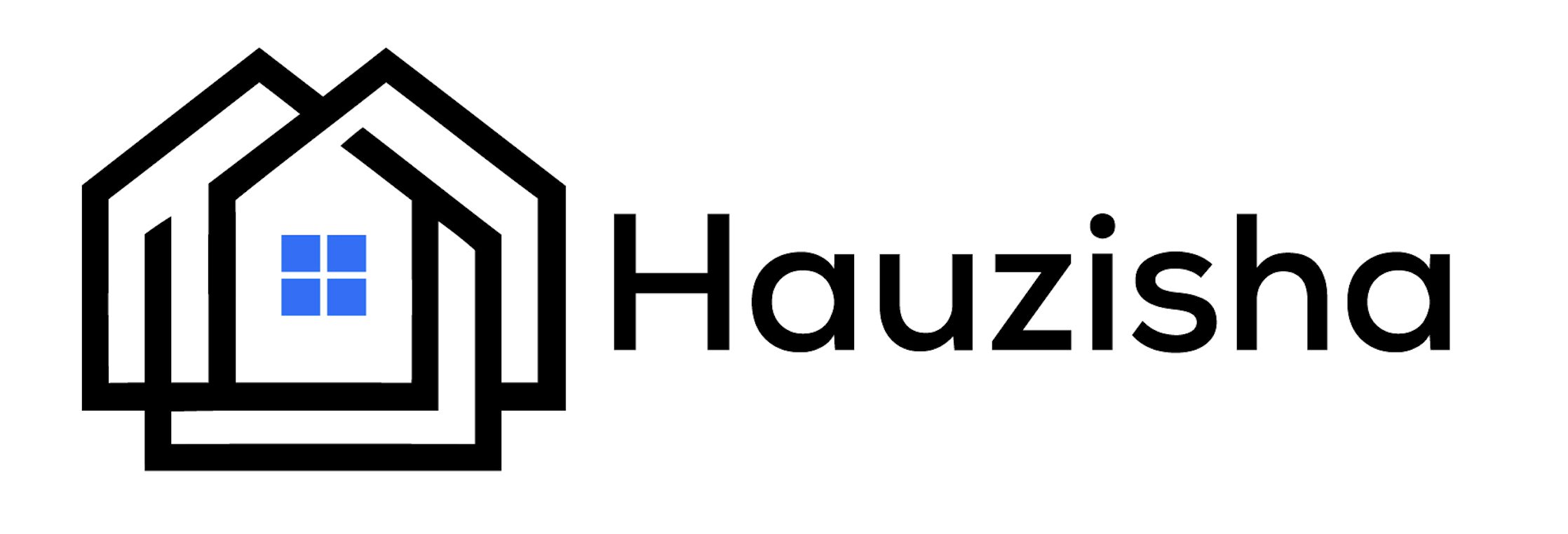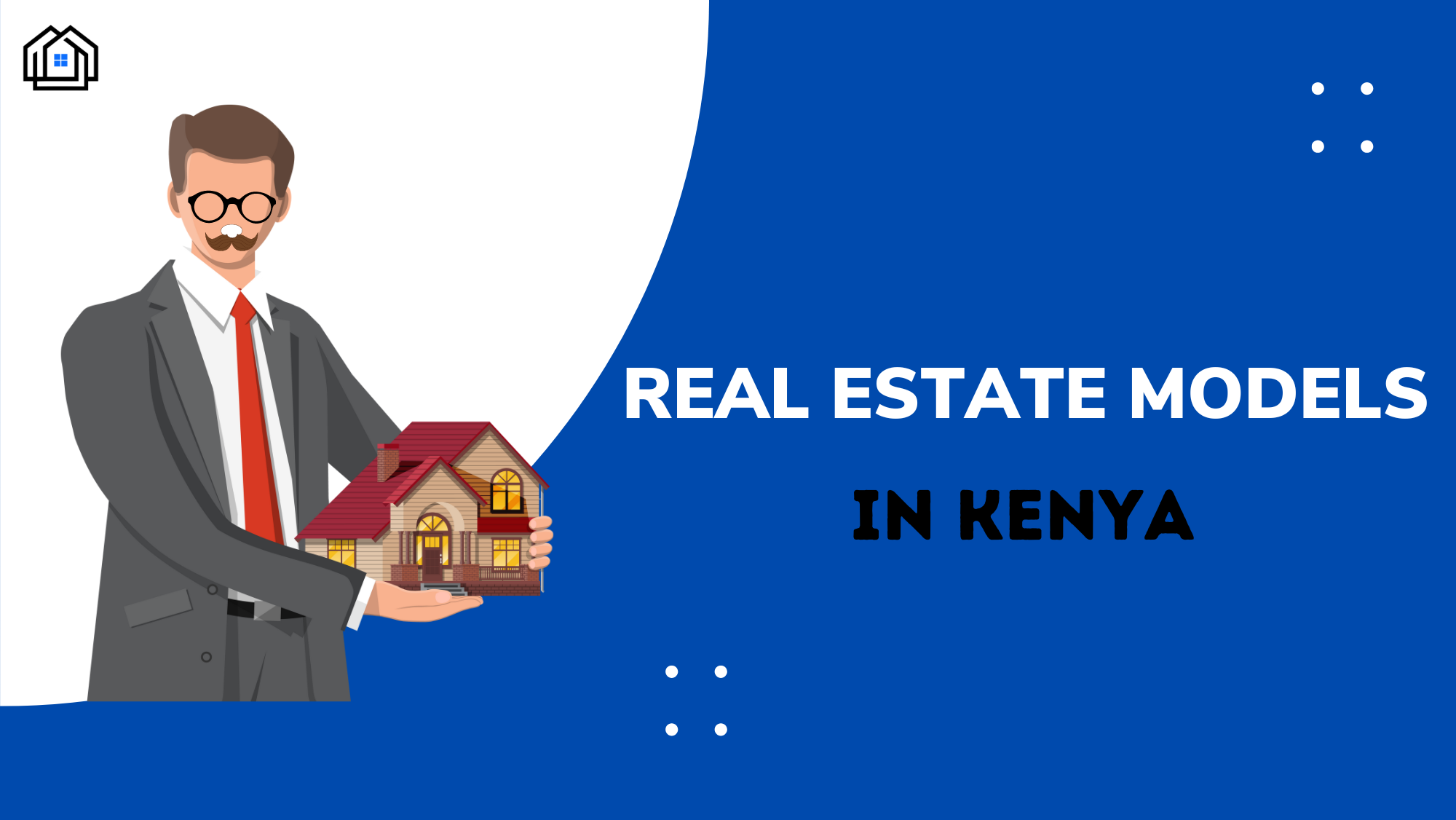There are various asset classes in real estate. An asset class is a set of securities which is set together according to their characteristics such as returns and risks. Real estate financing models assists investors in determining whether the venture in question is worth it by comparing these characteristics.
There are four major categories of asset classes; equities, alternative investments, cash equivalents, and fixed income. A proper real estate model will help you answer complex question regarding property investment. For example, is it possible to earn up to 20% annualized returns by developing a $ 100 million-building and selling, leasing, or renting it out.
There are three primary categories of real estate models.
Types of Real Estate Models Applicable in Kenya
Real estate brings together fixed income and equities and sometimes offer potential returns/risks that lies in-between. For instance, an investor acquires a stable property, slightly renovates it, and resells for a profit in a real estate deal.
In this case, the potential returns and risk equation is almost similar to that of an investment-grade corporate bond.
Take a look at a detailed analysis of the types of real estate models below.
1. Real Estate Acquisition Model
It involves purchasing a ready property that requires little or no renovation then selling it for a profit. It will help you decide whether to proceed with the investment of back out due to high-risk chance or unrealistically low returns. Below is a step-by-step process to this model.
Step 1: Setting up transaction assumptions
The assumptions here include the property size, buying price, and the cost of renovations if necessary, and the exit value. Exit values refers to the amount you are likely to sell the property for at the end of it all.
Step 2: Build the property’s operating assumptions
The operating assumptions could be very high-level, that it, average per unit or per the number of units or granular, depending on the type of property in question. Granular assumptions include expenses, concessions, or revenues for individual tenants.
Step 3: Make up the Pro-Forma
Include the following variables in the pro-forma:
- Revenues
- Expenses
- Net Operating Income (NOI)
Below that, include capital costs to work out the adjusted NOI. Additionally, include Net Service below the Adjusted NOI to work out cash flows to equity. Please note, Service Debt includes principal repayments and interest.
Step 4: Calculate the Returns
Please consider the following values when calculating your investment returns:
- Initial investments
- Additional investments over time
- Annual Cash flows to equity
Moreover, include exit proceeds inclusive of debt repayments and any necessary transaction fees. In this step, make sure to focus on the following key multiples:
- Money-on-Money
- Cash-on-Cash
- Internal Rate of Returns (IRR)
Step 5: Making investment decision
After the above steps and considerations, you should be able to make a sound decision whether to proceed with the investment or not. Base your decision on your specific criteria and the model’s output to avoid losses with real estate investments.
The acquisition model is a realistic and straightforward one for Kenyan upcoming real estate investors.
2. Real Estate Renovation Model
The renovation model works for investors who do house flipping. It involves identifying and buying a property in an inhabitable condition, then changing it significantly for resell.
Unlike the acquisition model, here you might be working with large figures in terms of remodeling costs. It takes into consideration the initial investment and the cost of renovation to turn the property into usable state when calculating the returns on investment (ROI).
While this is a “Value Added” deal aimed at making big profits in the long run, it poses significant potential risks, as high as the potential returns. The potential returns and risks are almost similar to those in stocks.
While the first three steps are similar to the acquisition model, here you must be keen when calculating returns. Ensure that you include all the costs even for the slightest renovations that can easily go unnoticed. The output will assist you decide whether the venture is worth pursuing.
3. Real Estate Development Model
Development model is the most common among many realtor investors in Kenya. It involves identifying idle vacant land and buying it for development. You can then erect a new property for sale or rent. Once the building is complete, you have to find buyers or tenants to occupy it for you to start earning returns from the investment.
Nevertheless, you must include the construction period in the process of this model. After making the transaction assumptions, project the building period, preferably on monthly basis. In addition, draw the Equity and Debt over time but not upfront to fund the project to the end.
Development model works under the assumption that asset creation starts from the ground upward. The main difference is that it includes both equity and debtors. However, the equity contribution must come first for lenders to gain confidence to invest.
The last steps; building pro-forma, operating assumptions, and returns calculation are similar to acquisition model. Purchase price brings the difference since it includes the price of the land and the construction costs.
The following are additional key differences:
- Equity and Debt for development model are drawn over time as opposed to all upfront
- The construction could take a long time, even years to complete
The amount of returns you get depends on the development type; residential, industrial, or commercial properties.
Besides the above models, there is a fourth strategy or mini financing model.
4. Pre-selling Model
Here, an investor decides to pre-sell units before completion rather than leasing them out awaiting to sell the property later. It is a subset of the real estate development models and works only in residential real estate such as condos and apartments. It is a practical model in the Kenyan real estate market.
Summary
The type of properties you specialize in significantly determines the model you can adapt and succeed in the real estate sector. For example, industrial, office, and retail properties work best with granular models because of the varying lease terms. Moreover, such properties have fewer guests or tenants than in multifamily buildings.



